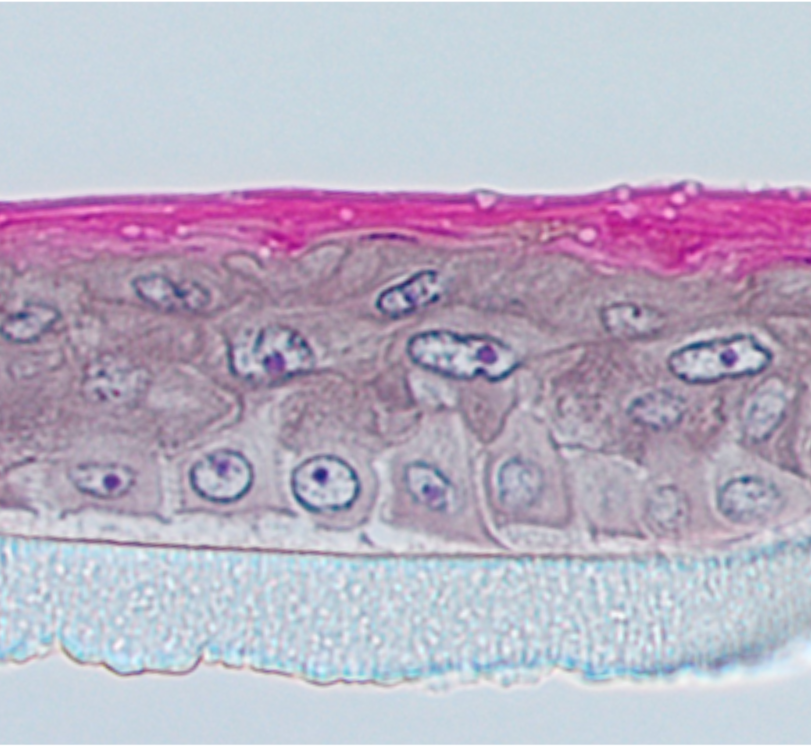Cosmetic and medical ingredients are subjected to risk assessment prior to their approval to guarantee consumer safety of preparations.
Standardized testing of substances for animal-free safety assessment: Next-Generation Risk Assessment (NGRA)
Ethical, regulatory and scientific reasons have led to the development of Next Generation Risk Assessment (NGRA), a hypothesis-driven, modern and, most importantly, animal-free risk assessment. Consequently, there is an urgent need for in-vivo mimicking in-vitro alternatives to replace previous tests for the safety assessment of substances.
 Fraunhofer Institute for Interfacial Engineering and Biotechnology IGB
Fraunhofer Institute for Interfacial Engineering and Biotechnology IGB
